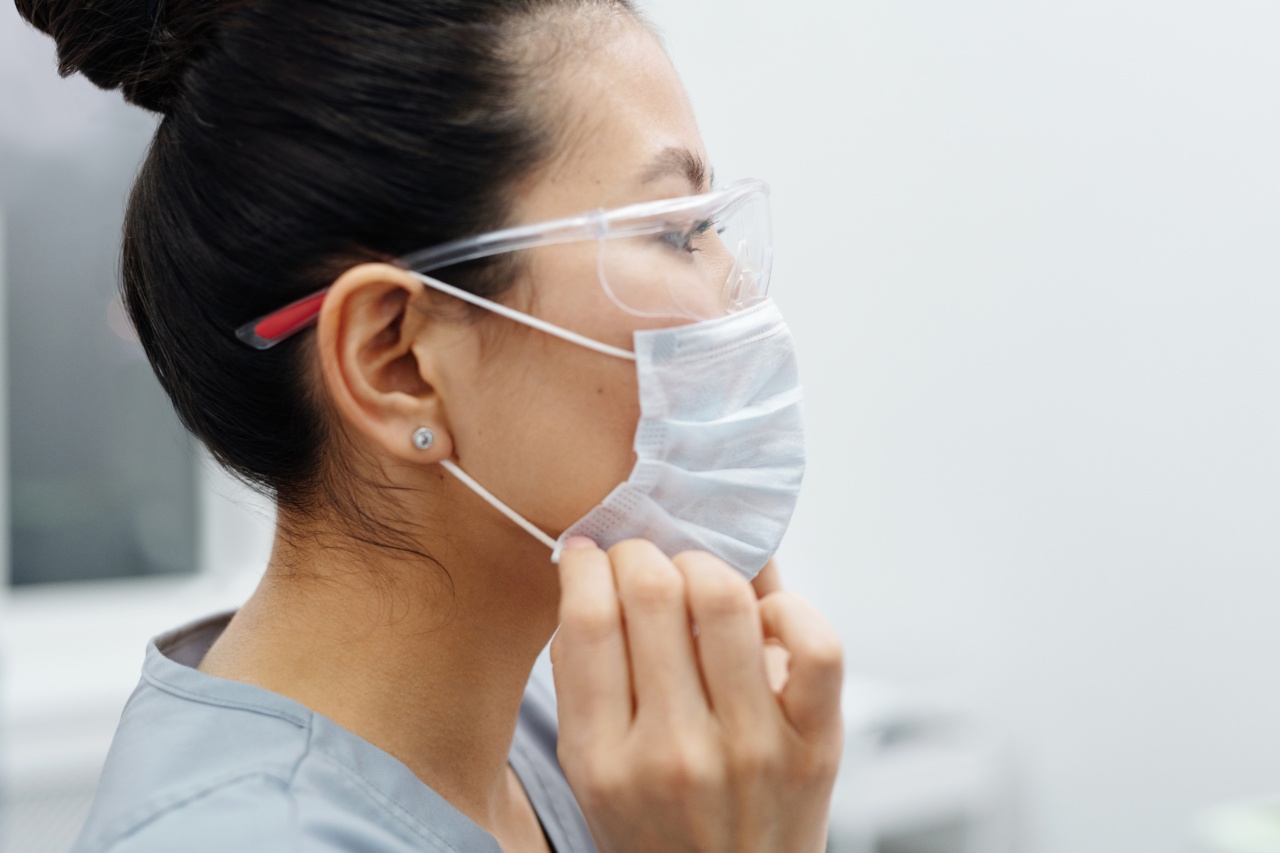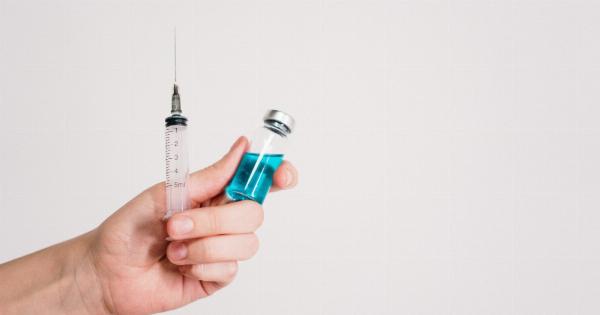In recent years, the world has witnessed several outbreaks of dangerous diseases that have caused widespread panic and devastation.
From Ebola to Zika to COVID-19, these viruses have proven to be some of the most lethal threats to humanity’s greatest asset: our health. In this article, we will look at the ways in which we can protect ourselves from the dangers of outbreak and ensure the safety of our communities and loved ones.
Understanding the Threat
First and foremost, it is important to understand the nature of the threat posed by deadly viruses like Ebola and COVID-19. These diseases are highly contagious and can spread rapidly through contact with bodily fluids or airborne particles.
They can cause severe symptoms such as fever, coughing, and breathing difficulties, and in some cases can be fatal.
The key to preventing outbreaks is early detection and containment. By identifying cases of infectious disease quickly and isolating those who are infected, we can prevent the spread of the disease and keep the community safe.
In addition, it is important to take steps to prevent infection in the first place.
Preventing Infection
Preventing infection is crucial to halting the spread of deadly diseases. Here are some steps you can take to protect yourself and others:.
1. Wash your hands
Washing your hands regularly with soap and water is one of the most effective ways to prevent the spread of illness. Be sure to wash your hands for at least 20 seconds, especially after touching surfaces that may be contaminated.
2. Cover your mouth and nose
Cover your mouth and nose with a tissue or your elbow when you cough or sneeze. This helps to prevent the spread of droplets containing the virus.
3. Wear a mask
Wearing a mask in public settings can help to prevent the spread of the virus. Choose a mask that fits snugly over your nose and mouth and be sure to dispose of it properly after use.
4. Practice social distancing
Keep a distance of at least 6 feet (2 meters) from others to reduce your risk of infection. Avoid crowded areas and gatherings.
5. Stay home if you are sick
If you are feeling unwell, stay home and avoid contact with others. This will help to prevent the spread of illness.
6. Get vaccinated
Getting vaccinated against infectious diseases is one of the most effective ways to protect yourself and your community. Speak to your healthcare provider about which vaccines are recommended for you.
Responding to an Outbreak
If an outbreak occurs in your community, it is important to respond quickly and effectively. Here are some steps that can be taken:.
1. Quarantine
Individuals who are infected should be placed under quarantine to prevent the spread of the disease. Those who have been in close contact with infected individuals should also be placed under quarantine in case they have been exposed to the virus.
2. Contact tracing
Contact tracing involves identifying those who have been in close contact with infected individuals and monitoring them for symptoms. This can help to prevent further spread of the disease.
3. Isolation
Individuals who are infected should be isolated from others until they are no longer contagious. This may involve hospitalization or home isolation depending on the severity of the illness.
4. Treatment
Treatment for infectious diseases may include antiviral medication, supportive care such as oxygen therapy, and prevention of other infections that can occur in weakened immune systems.
Conclusion
Outbreaks of deadly diseases are a serious threat to public health. By taking steps to prevent infection and responding effectively to outbreaks, we can protect ourselves and our communities from these viruses.
Remember to wash your hands, cover your mouth and nose, wear a mask, practice social distancing, stay home if you’re sick, and get vaccinated. Stay safe and healthy!.





























